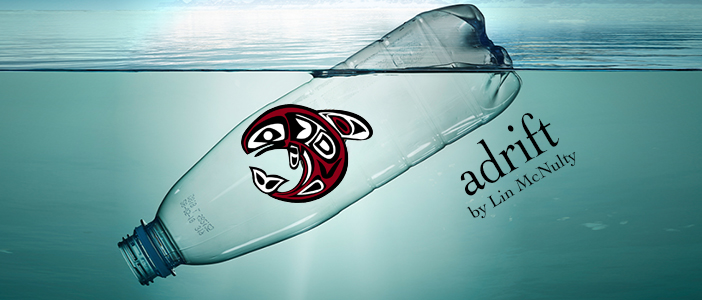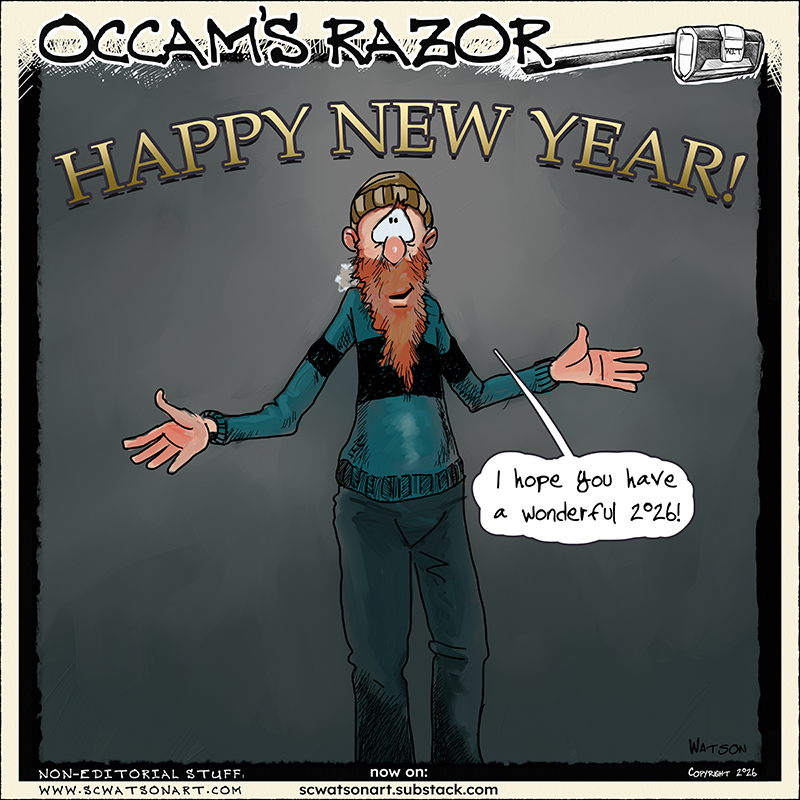||| MIDNIGHT MUTTERINGS by JACKIE BATES |||
The Dressmakers of Auschwitz by Lucy Adlington Copyright 2021
The Escape Artist by Jonathan Freedland.
Although I have read only one and a half of the two books, I recommend them both anyway. No more silly cat tales here. These are serious. About the Holocaust. From the Orcas Library. Both of these writers are prolific; Adlington writes fiction and is a clothing historian, Freedland writes a weekly column for the Guardian and ‘thrillers’ under the penman Sam Bourne.
(Thanks to Rhett Ariston: Adult Services Librarian for finding and ordering these two books)
I managed to get through elementary school, part of high school and college without learning a thing about the Holocaust in school, though in tenth grade I came upon a shelf in the school library dedicated to the holocaust. I read every book there, though I don’t recall a single title beyond the Diary of a Young Girl by Anne Frank. I also don’t recall ever mentioning any of this reading to anyone and no one asked me about it.
When I arrived in New York City a few days after my twenty first birthday, I met a woman at work who became my friend. Susanne was Vienna born in 1935. At age five, she and her older brother were sent to England in the KIndertransport program where they were separated. Her Jewish father was a doctor who was sent to a work camp in Italy. When he contracted impetigo, he told his captors he had smallpox. Instead of being killed or transferred to a concentration camp in Germany, he was kept in the work camps where he would infect the other prisoners with ‘smallpox’ and thus save their captors of having to take care of so many prisoners. Apparently the guards stayed away from the captives in fear of getting sick themselves. Susanne’s mother (not Jewish) was sent to Germany to work in an ammunitions factory. Years after war, Susanne and her brother, as young teenagers, were reunited with each other and parents by the American Red Cross and were sent to New York City where they lived in a cold water tenement. Her father, who never became fluent in English, worked as an orderly in several hospitals. My new friend kindled my interest in the Holocaust, and that’s when I read more books. But none as interesting to me as the two listed here. Instead of just horrifying statistics, these books follow the intimate lives of a few prisoners before, during and after (for the ones who survived) their time in Auschwitz. Both books are meticulously researched and documented and include photographs of the people described, as well as hand-drawn maps by Rudolph Vrba, whose story is included in both books.
Until I read these books, I hadn’t realized the role of economics as a motive in the establishment of the concentration/extermination camps. As the prisoners arrived they were immediately relieved of their possessions (and clothing and hair of those deemed too young, too old or too sick to work and were sent immediately to the gas chambers). All of these items were gathered as the prisoners were unloaded from the cattle cars by other prisoners whose jobs were to move the items to ‘Kanada’ (warehouses) for sorting and organizing for distribution to the Nazi elite and for sale. In addition to clothing and furs, there were jewels and cash sewed into hems and collars and hidden in tubes of toothpaste to be recovered along with bits of food, cans of sardines and packages of chocolate. Most of it went to the Nazi officers and guards, but prisoner-workers were able to hide some of it to eat or share with their fellow inmates. These treasures, however small and scarce, were lifesaving. The exotic materials for the dressmakers to use came from Kanada as well.
The dressmakers of Auschwitz, a group of women prisoners (one as young as fourteen) survived by their design and needlework skills. They designed and fabricated haute couture in the Upper Tailoring Studio, established by Hedwig Hoss, the camp commandant’s wife, for the wives of the high ranking SS officers. They also made some of the officers’ uniforms. While their lives were somewhat better than other inmates, they were still starved, chilled and abused and often sick while they worked their twelve plus hour days.
The second book is about Rudolph Vrba, who at age nineteen, was the first Jew to escape Auschwitz along with Fred Wetzler. Vrba (born Walter Rosenberg) spent two years plotting his escape. His motive was to spread the word on what was actually happening in Auschwitz.
Walter Rosenberg was apparently a brilliant math and science student until he was expelled in his early teens because he was a Jew. He continued his studies on his own with a stolen chemistry book and taught himself several languages. His phenomenal memory helped him understand and record everything about Auschwitz and its workings in his mind in preparation for his escape where he planned to give his information to Allied authorities. At first he worked in Kanada, where he met some of the dressmakers who remained his friends after liberation. After he was transferred to the ‘docks,’ where he unloaded new arrivals from the cattle cars and removed their possessions under the gaze of armed guards, he memorized the dates and times of the arrivals. He also learned the code for the tattoos applied to the new arrivals. The story told in both books is of Vrba, dining in a restaurant in New York years after the war. He saw the tattoo of the waiter and was able to accurately identify the date of his arrival to Auschwitz and the train and car the waiter was on.
You can check out these books from the Orcas Library as soon as I return them next week.
**If you are reading theOrcasonian for free, thank your fellow islanders. If you would like to support theOrcasonian CLICK HERE to set your modestly-priced, voluntary subscription. Otherwise, no worries; we’re happy to share with you.**








